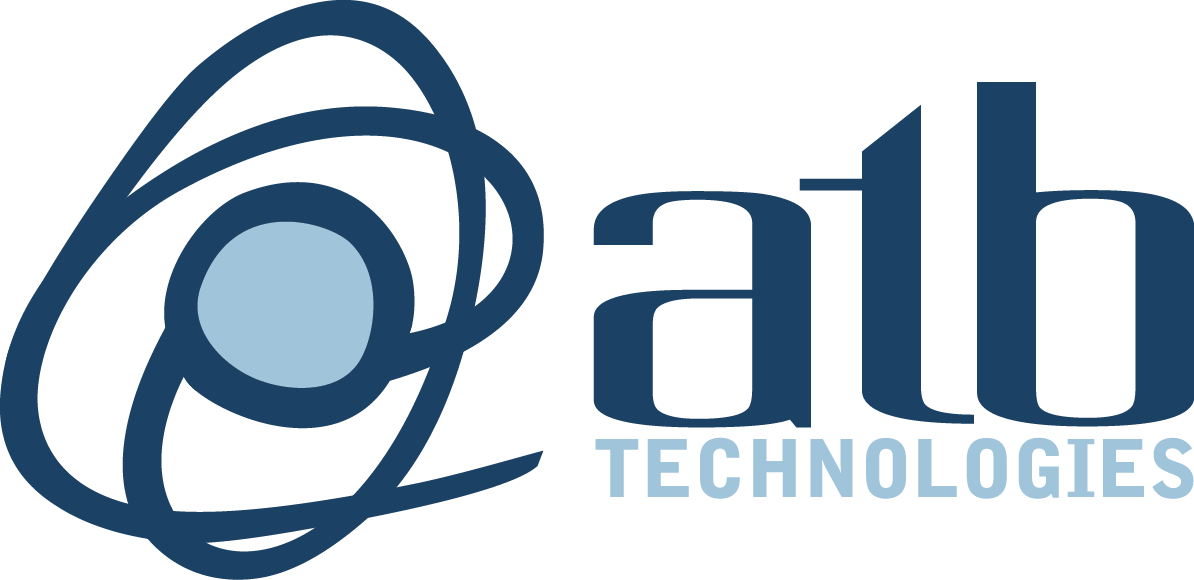October baseball is upon us, and we can’t help but get a little excited for the postseason, even though our beloved St. Louis Cardinals aren’t in on the action this year. How we watch baseball today is different than how we watched even just a few years ago. Technology has invaded America’s pastime and at ATB, we think that is pretty cool.
You may not be aware, but MLB has invested heavily in technology over the past few years. The crown jewel of this investment is Statcast. While you may not have heard of Statcast, you have probably seen some of what it can do when you watch a game on TV or at the ballpark. MLB launched the full production version of Statcast in the 2015 season across all 30 ballparks, which not only provided real-time game data to be used during broadcasts, but it also gave teams the ability to track very specific aspects of each and every player’s performance. (Let’s hope that Cardinals management scrutinizes this data in the offseason and makes some moves to improve the starting rotation going into 2017.)
With Statcast, teams and broadcast analysts have the ability to break down individual plays into granular components, such as offensive and defensive players’ running speeds, the speed of the ball as it comes off the bat and so much more. And while all this information is certainly useful for teams (and fantasy baseball enthusiasts), it results in more than 17TB of data per season.
To anyone who isn’t familiar with data, 17 of anything may not sound like much, but 17 terabytes is actually a tremendous volume, and the efficient transfer and storage of this much data requires cloud computing technology known as Infrastructure as a Service (IaaS), which MLB contracts through their cloud provider. Using an IaaS configuration provides great scalability meaning MLB can increase resources on an as-needed basis. For days with heavy game volume, MLB can ensure the necessary resources are available and then scale down on days where there might only be one or two games. And during the offseason, when no data transfer from individual stadiums is required, resources can be more-or-less shut down. This on-demand structure means MLB has the resources it needs, when they need it, but they only pay for what they actually use.
And while most businesses aren’t looking at 17TB of data transfer on an annual basis, if your business does handle any significant volume of data, particularly if you experience periodic, unpredictable spikes in business, IaaS cloud computing is definitely worth considering. With IaaS, organizations are no longer responsible for ensuring uptime or maintaining/replacing hardware and networking equipment. Additionally, the pay-as-you-go model can provide significant cost savings to companies because IaaS use is metered, so you only pay for the capacity needed at any given time. With IaaS, gone are the days of upfront charges, bandwidth utilization fees and minimum term commitments.
The reality is IaaS isn’t just for enterprise and large corporations like MLB anymore. Contact ATB today to learn more about how this on demand cloud computing technology can benefit your business!

